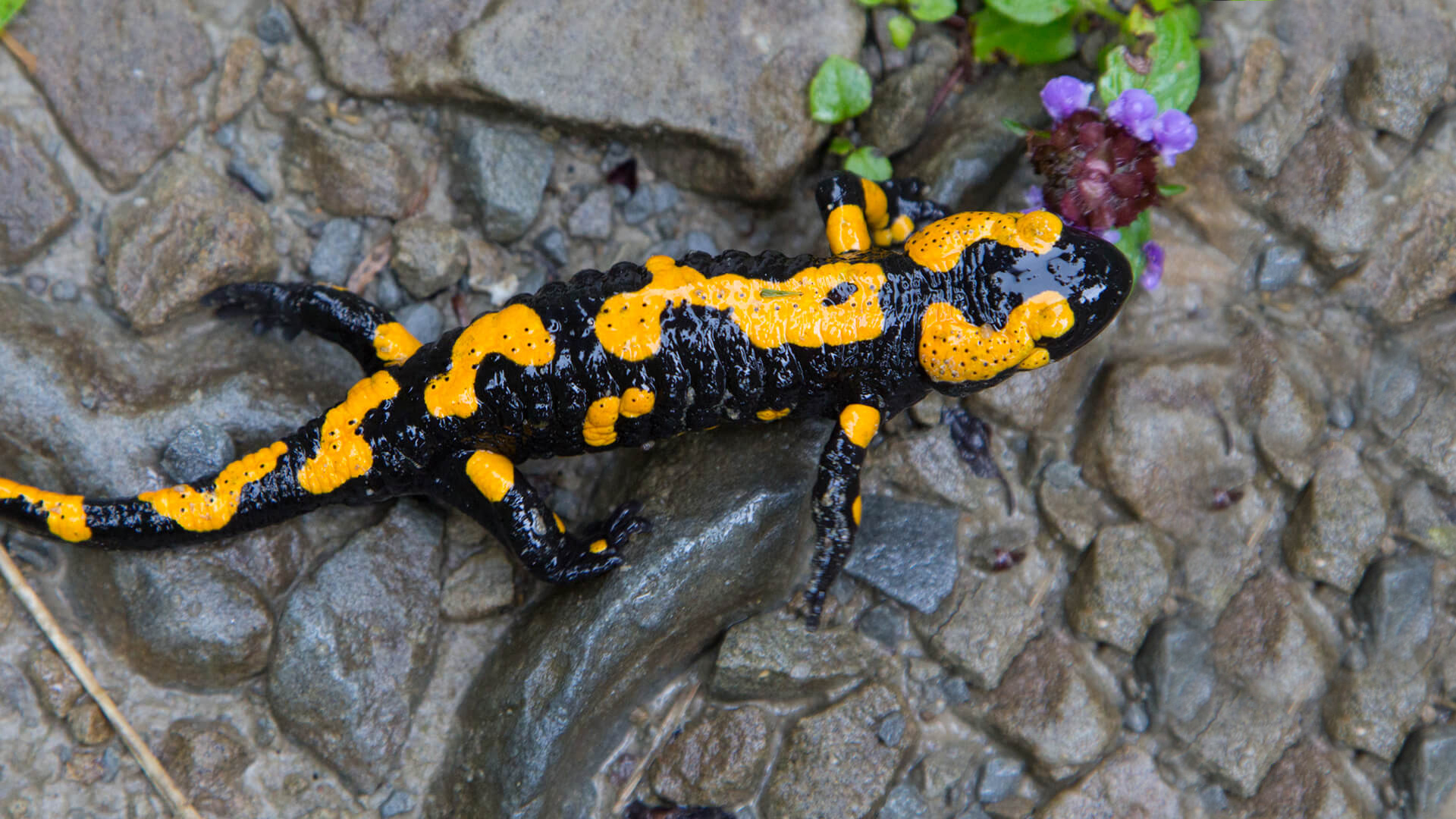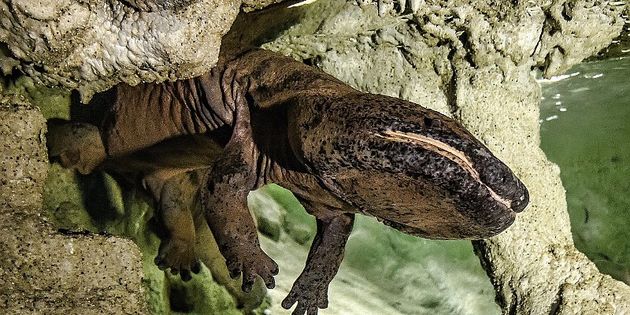

Most, on average, can eat up to half their body weight in insects, while pregnant or nursing mothers will consume up to 100 percent of their body weight each night. farmers roughly $23 billion each year by reducing crop damage and limiting the need for pesticides. Scientists estimate that insect-eating, or insectivorous, bats may save U.S. Without concerted international action, their populations will continue to fall, drivingīATS ARE MAMMALS THAT BELONG TO THE ORDER CHIROPTERA (FROM THE GREEK CHEIR – “HAND” AND PTERON -“WING”).

Today, bats are under unprecedented threat from widespread habitat destruction, accelerated climate change, invasive species, and other stresses. Globally, bats provide vital ecosystem services in the form of insect pest consumption, plant pollination, and seed dispersal, making them essential to the health of global ecosystems. With more than 1,400 species, they are the second largest order of mammals, and are widely dispersed across six continents. By understanding their habitat needs, metabolic functions and morphology, the Smithsonian hopes to be the first North American institution to breed Japanese giant salamanders, and to contribute to the growing body of knowledge on salamander disease.Bats have been on Earth for more than 50 million years. The Japanese giant salamanders at Reptile Discovery Center are gifts from ASA Zoo in Hiroshima, Japan. Experts are also interested in learning more about a type of amphibian chytrid fungus that is unique to Japanese giant salamanders and does not seem to impact other amphibian species in Japan. The Smithsonian's National Zoo and Conservation Biology Institute is a leader in research on the reproductive biology of this species. Zoos and aquariums play an important role for species threatened in the wild, including the Japanese giant salamander. The larger, more aggressive Chinese giant salamander now occupies some of the same crucial habitat that the native Japanese giant salamander relies on. Cases of hybrid salamanders have been recorded in the wild, due to the accidental release of imported Chinese giant salamanders. Additionally, it makes traveling upriver to breeding sites extremely difficult.Ī lack of genetic variation may also impact this species, especially as populations of Japanese giant salamanders are reduced. Sedimentation from agriculture, mining, logging and the construction of dams makes it difficult for the salamanders to get the adequate amount of oxygen they require. Habitat loss, alteration and degradation continue to be the major threat to these salamanders. They are also used in some traditional medicinal practices. However, these salamanders are still sometimes hunted for their meat, which is considered a delicacy in parts of Japan. In 1952, Japan designated this animal as a special natural monument, making hunting it illegal. Japanese giant salamanders are considered near threatened by the International Union for Conservation of Nature and are also listed on CITES Appendix I. Japanese giant salamanders belong to the Cryptobranchid family, which includes three regionally distinct salamanders: Japanese giant salamanders, Chinese giant salamanders and North American hellbenders.
THE SALAMANDERS AND ZOO ISLAND TOMAS RIVERA SKIN
Giant salamanders have amazing regenerative capabilities and are able to regrow skin and bone, if necessary. This has given them a common name in Japan that translates to "big pepper fish." The sticky secretion has a pungent odor and smells like Japanese peppers. When aggravated or stressed, Japanese giant salamanders secrete a sticky, white mucus that may be toxic to predators. These salamanders do have a single lung, but it is used primarily to control their buoyancy in the water. Flaps of skin, or wrinkles, increase the surface area for this respiration. The smooth skin acts as a respiratory surface for gas exchange, where oxygen enters the body and carbon dioxide is released. Like other salamanders, Japanese giant salamanders "breathe" primarily through their skin. This species does not exhibit sexual dimorphism (distinct differences in appearance between males and females), except during the breeding season when males develop a swollen cloaca. They have small eyes and rely on their other senses to detect prey. Like their North American cousins, Japanese giant salamanders have flat heads, elongated bodies and long, broad tails. Some appear quite dark, while others have lighter patches of browns. Japanese giant salamanders have wrinkled skin mottled with varying patterns of black and shades of brown.


 0 kommentar(er)
0 kommentar(er)
